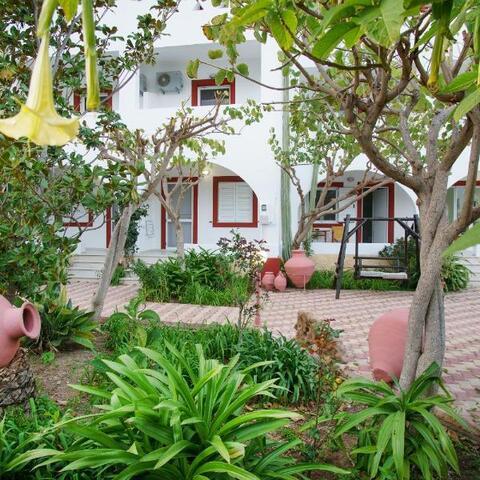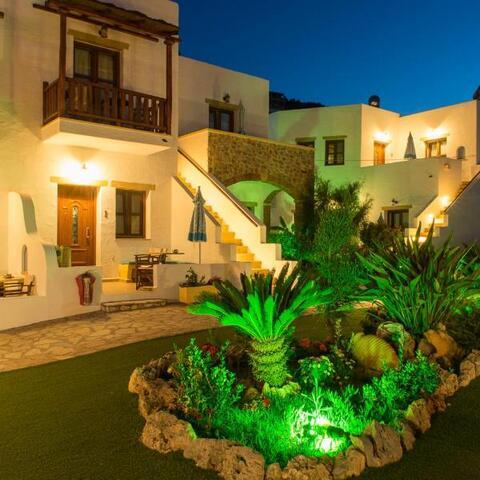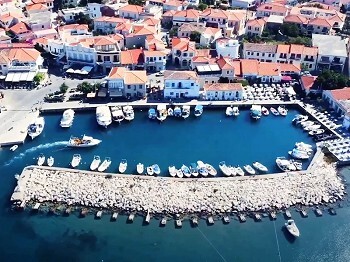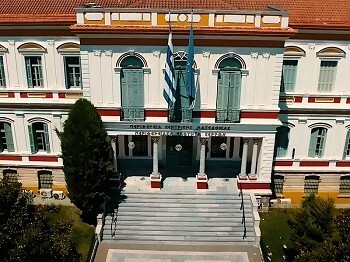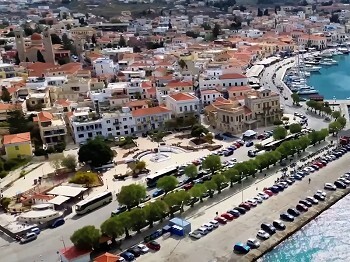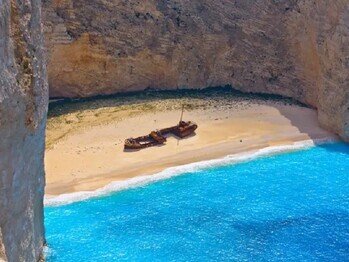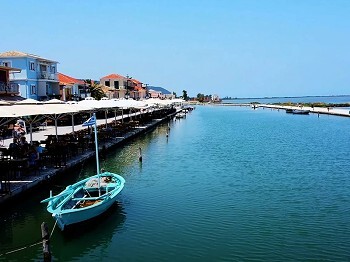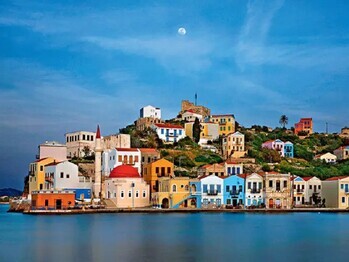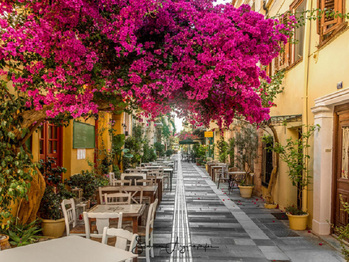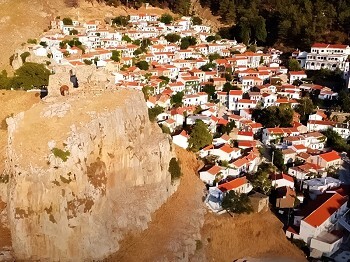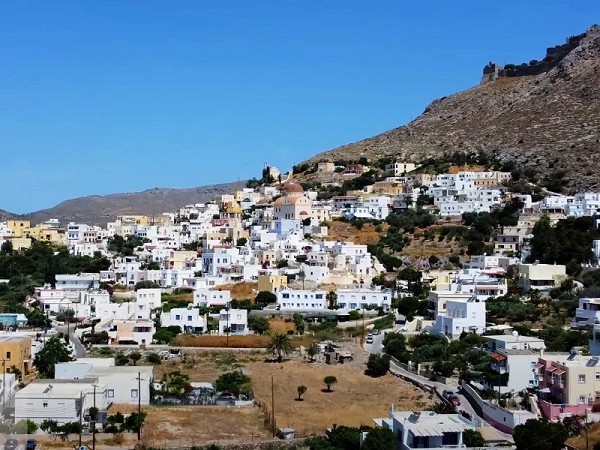
Leros Island, nestled in the Aegean Sea, is a treasure trove of historical marvels waiting to be explored. With its rich tapestry of ancient Ruins, Byzantine fortresses, and WWII Relics, Leros offers a fascinating journey through time. In this article, we will delve into the most significant historical sites on the island, providing you with a comprehensive guide to its cultural and historical Heritage.
We suggest for your stay:
Still Looking for the Perfect Stay?
1. The Medieval Castle of Leros: A Fortress with a View
Dominating the landscape of Leros Island is the imposing Medieval Castle, also known as the Castle of Leros. Perched atop a hill in the capital, Agia Marina, this fortress Dates back to the Byzantine period and was later fortified by the Knights of Saint John. Its strategic location offers breathtaking panoramic Views of the island and the surrounding Aegean Sea. Explore the castle’s ancient walls, towers, and battlements to get a sense of its Historical significance and military past.
2. The Church of Agios Isidoros: Byzantine Architecture at Its Finest
The Church of Agios Isidoros, located in the picturesque village of Platanos, is a stunning example of Byzantine Architecture. This small yet significant church, dedicated to Saint Isidore, boasts intricate Frescoes and a beautifully adorned altar. Its serene Ambiance and Historical significance make it a must-visit for those interested in religious history and Byzantine art. The church's peaceful surroundings provide an excellent Setting for reflection and admiration.
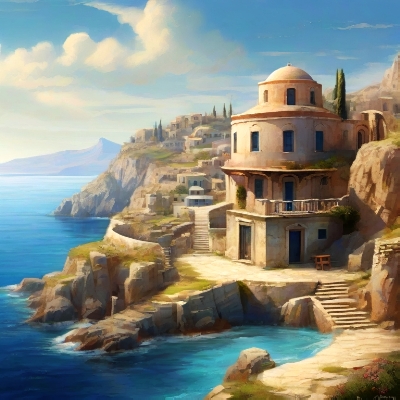
3. The Leros War Museum: A Testament to WWII History
For history enthusiasts, the Leros War Museum offers an in-depth look into the island’s role during World War II. Situated in a former Italian military bunker, the museum houses a remarkable Collection of Artifacts, photographs, and Exhibits related to the wartime experiences on Leros. Highlights include detailed displays on the Italian occupation, the German invasion, and the Allied forces’ efforts to liberate the island. The museum’s Collection provides a poignant reminder of the island’s strategic importance and the resilience of its people.
4. The Ancient Ruins of Kastro: Echoes of the Past
The ancient Ruins of Kastro, located near the village of Alinda, are the remnants of a once-thriving settlement from antiquity. These Ruins offer a glimpse into the island’s past, featuring remnants of classical buildings, ancient walls, and remnants of early fortifications. Walking through these Ruins allows visitors to imagine the bustling life that once filled this area and appreciate the historical depth of Leros.
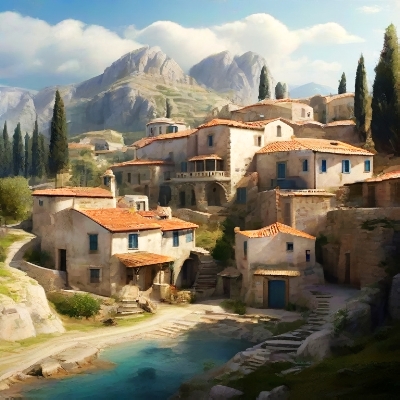
5. The Monastery of Agios Pancras: Spiritual and Historical Significance
Nestled on the slopes of Mount Xiro, the Monastery of Agios Pancras is a serene retreat with significant historical and spiritual importance. Founded in the 18th century, this active Monastery features beautiful Frescoes, a peaceful courtyard, and a library with ancient manuscripts. The Monastery offers a tranquil escape from the island’s more tourist-heavy areas and provides insight into the religious practices and monastic life on Leros.
6. The Village of Lakki: Art Deco Architecture and WWII Heritage
The village of Lakki stands out for its unique Art Deco Architecture, a rare sight in the Aegean region. Developed during the Italian occupation in the 1930s, Lakki’s distinctive architectural style reflects the period's influence and the island’s strategic importance. Stroll through the village to admire its elegant buildings, vibrant colors, and Historical significance. Lakki also features several WWII-era bunkers and fortifications, adding to its historical allure.
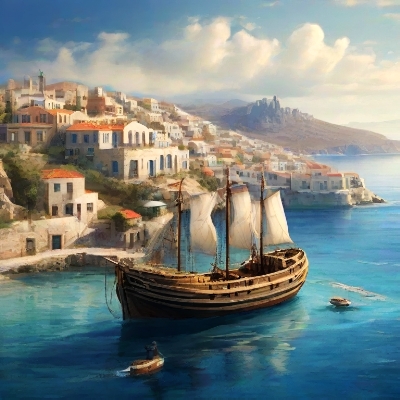
7. The Lighthouse of Agios Isidoros: Maritime History and Scenic Views
The Lighthouse of Agios Isidoros, situated on a small islet just off the coast of Leros, is both a functional navigational aid and a historic landmark. Built in the early 20th century, the Lighthouse offers stunning Views of the surrounding sea and coastline. Its striking white structure stands as a testament to the island’s maritime Heritage and provides excellent photo opportunities for visitors.
8. The Ancient Theatre of Kastro: Echoes of Classical Performances
Although partially ruined, the ancient Theatre of Kastro is a fascinating site that once hosted Performances and gatherings during the classical period. The Remains of the Theatre offer insight into the island’s cultural life and architectural style of the time. Visitors can explore the seating areas, stage, and remnants of the theatre’s grandeur, imagining the vibrant Performances that once took place here.
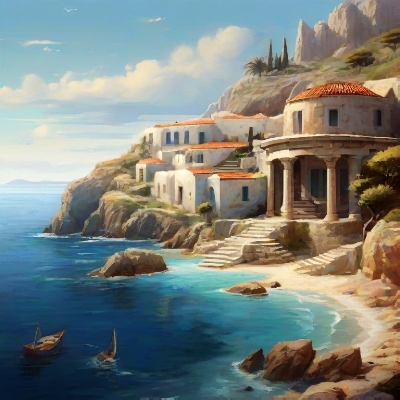
9. The House of the Italian General: WWII Military History
The House of the Italian General, located in the heart of Lakki, is a historical building with significant military Heritage. During the Italian occupation, this house served as the residence of the Italian general overseeing the island. Today, it stands as a reminder of Leros’s strategic importance during WWII and offers a glimpse into the period’s military life.
10. The Folklore Museum of Leros: Local Culture and History
The Folklore Museum of Leros, located in the village of Agia Marina, provides an intimate look at the island’s cultural Heritage. The museum’s Collection includes Traditional costumes, household items, and historical Artifacts that reflect the everyday life of Leros’s residents through the ages. It’s a great place to learn about local customs, traditions, and the island’s historical evolution.

Conclusion
Leros Island is a captivating destination for history lovers, offering a diverse range of historical sites that span ancient civilizations, medieval fortresses, and wartime Relics. From the impressive Medieval Castle to the tranquil Monastery of Agios Pancras, each site provides a unique glimpse into the island’s rich past. Whether you’re exploring ancient Ruins or learning about WWII history, Leros promises an enriching and memorable Experience. Plan your visit to discover the fascinating history of this Aegean island and immerse yourself in its storied past.
Feel free to explore these Sites to Experience the historical richness of Leros Island firsthand!


